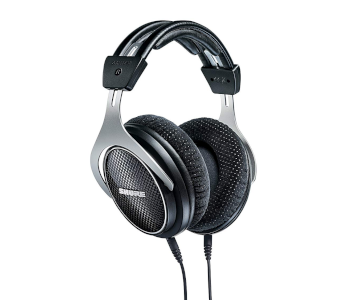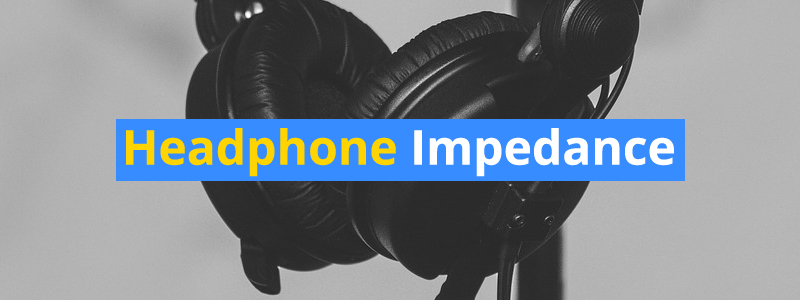All About Headphone Impedance
Are you interested in making an informed headphone buying decision, but are not sure what impedance is all about? Most buyers tend to pay attention to basic characteristics such as Bluetooth, battery life, and brand. However, factors such as impedance tell you more about the kind of audio quality to expect.
In this article, you’ll learn about the physical differences between low and high impedance headphones, and how they differ in sound quality. You’ll realize that choosing the right impedance headphones comes down to the equipment you’re connecting to and the audio quality you require.
What is impedance?
Impedance is a measurement that signifies the opposition of a circuit when a current is running. It’s measured in Ohms and headphones can range from 16 up to 500 ohms. As a rule of thumb, a stronger power supply is required to run headphones with a higher impedance rating.
Low and high Impedance headphones
To simplify the buying process you can split the headphones up into two categories: low and high impedance. Low impedance generally means 50 Ohms and lower. However, some people feel the threshold of what signifies low impedance is even lower.
Low impedance headphones (0-50 Ohms): the low headphone impedance range is the most common in the marketplace. You’ll find it in the majority of portable headphones and that’s because of the power rating among common audio devices. The impedance has to be low because the typical consumer power source has a low rating. For example, devices such as smartphones, tablets, and MP3 players cannot provide much power, which means only low impedance headphones will function properly.
High impedance headphones (50-500 Ohms): these headphones require a strong power source and are typically used by DJ’s and in a music studio. Most high-impedance headphones are built for professional use, but amateurs can also use them at home with the right setup. However, don’t use high impedance headphones with your smartphone because you’ll be disappointed with the outcome.
32 Ohm headphones are considered middle of the pack. They can work well with low and high power sources. However, they don’t perform extremely well in both scenarios compared with headphones with a different Ohm rating.
What should you choose: low or high impedance?

The headphone impedance you’ll probably go with will depend on the device you’ll be using for power. However, you can also choose based on your audio expectations. Physically the low vs high impedance headphones differ by the thickness of the voice coil. Low impedance headphones have a thicker voice coil, which is easier to manufacture and therefore cheaper.
On the other hand, high impedance headphones have a thinner voice coil that results in a more powerful electromagnetic field. This leads to stronger bass and more natural sounding audio. Furthermore, high impedance headphones have a wider soundstage that’s ideal for professional use. Beyerdynamic and Sennheiser manufacture high-impedance headphones that are worth checking out for buyers with a strong power supply.
Extra things worth knowing
In this section, we cover general headphone impedance information that helps understand how this characteristic affects the audio experience. Keeping these factors in mind can help you make the right impedance rating buying decision.
- Loudness: it’s easier to achieve louder volume with lower impedance headphones without draining the battery as much. However, you can still enjoy loud volume with high impedance headphones – you’ll just be draining the battery at a faster rate.
- High Ohm models are uncommon: low impedance headphones are the most common in the marketplace. That’s because most users combine headphones with smartphones, which have a low power input rating.
- Amplifiers: using an amplifier you can combine smartphones and laptops with high impedance headphones. Portability is sacrificed since the amplifier is in the form of a box that won’t fit in your pocket.
Conclusion
Now that you’re clued up on headphone impedance your buying decision should be straightforward with regards to this characteristic. You may need to purchase low and high impedance headphones to match the audio emitting equipment. For example, low impedance headphones are ideal when outdoors with your smartphone. Whereas, high impedance headphones should be used at home with an amplifier or strong power source.

